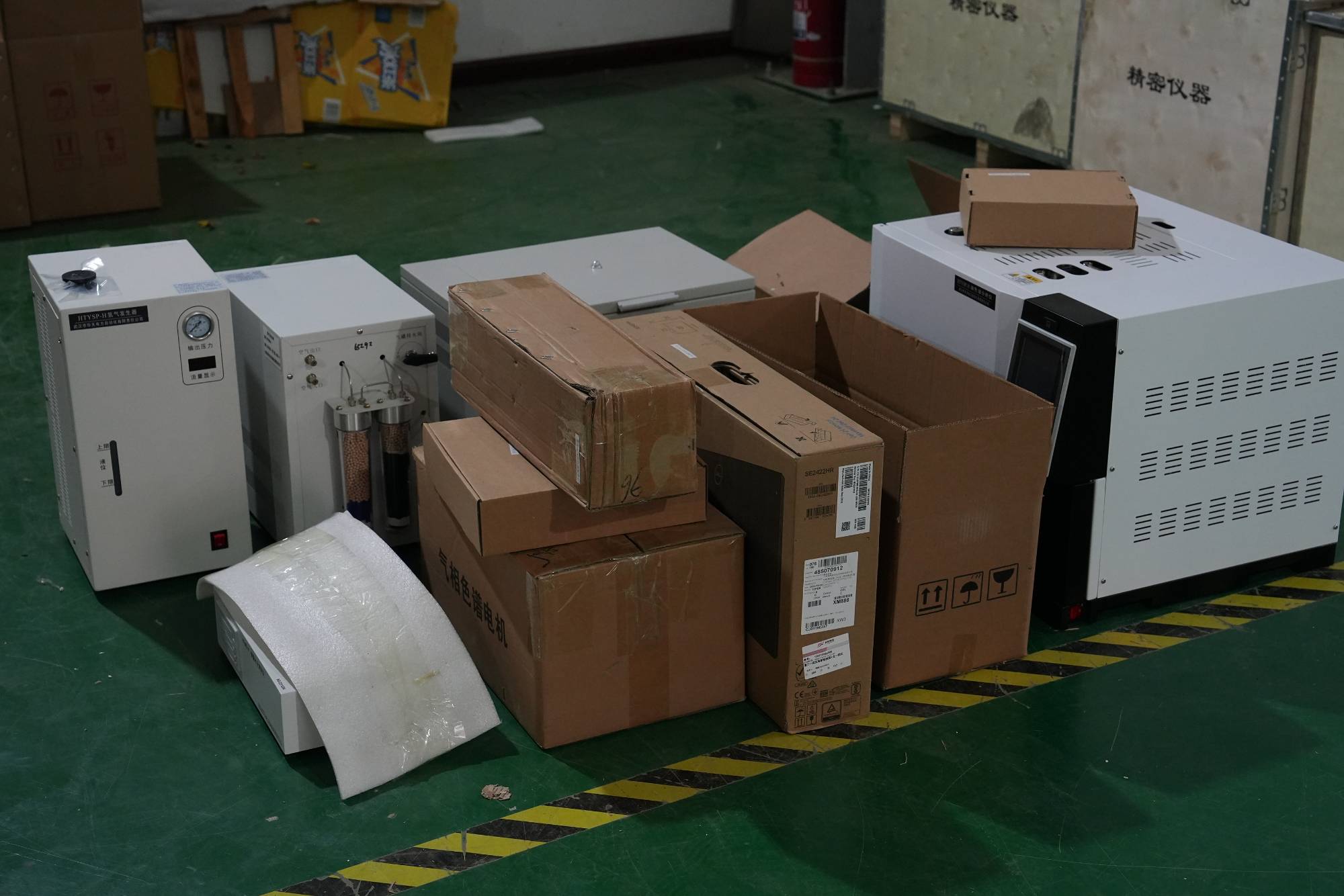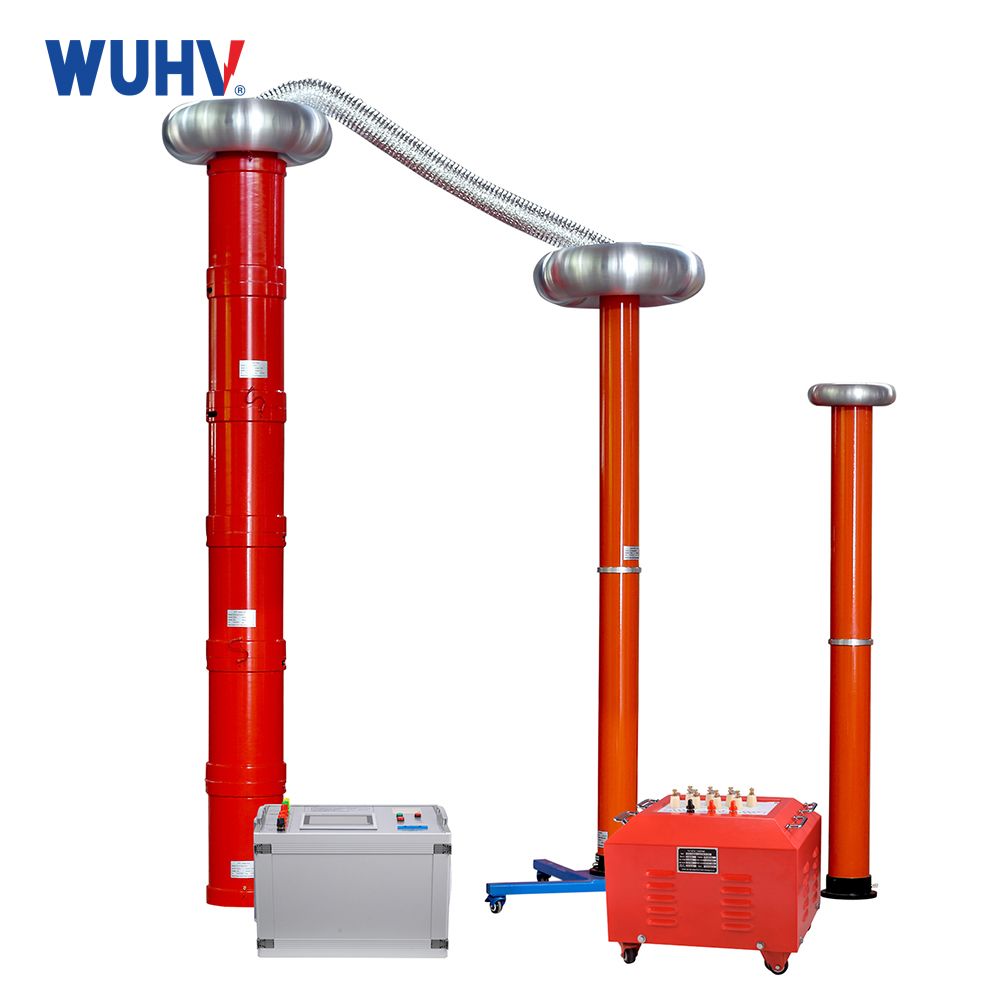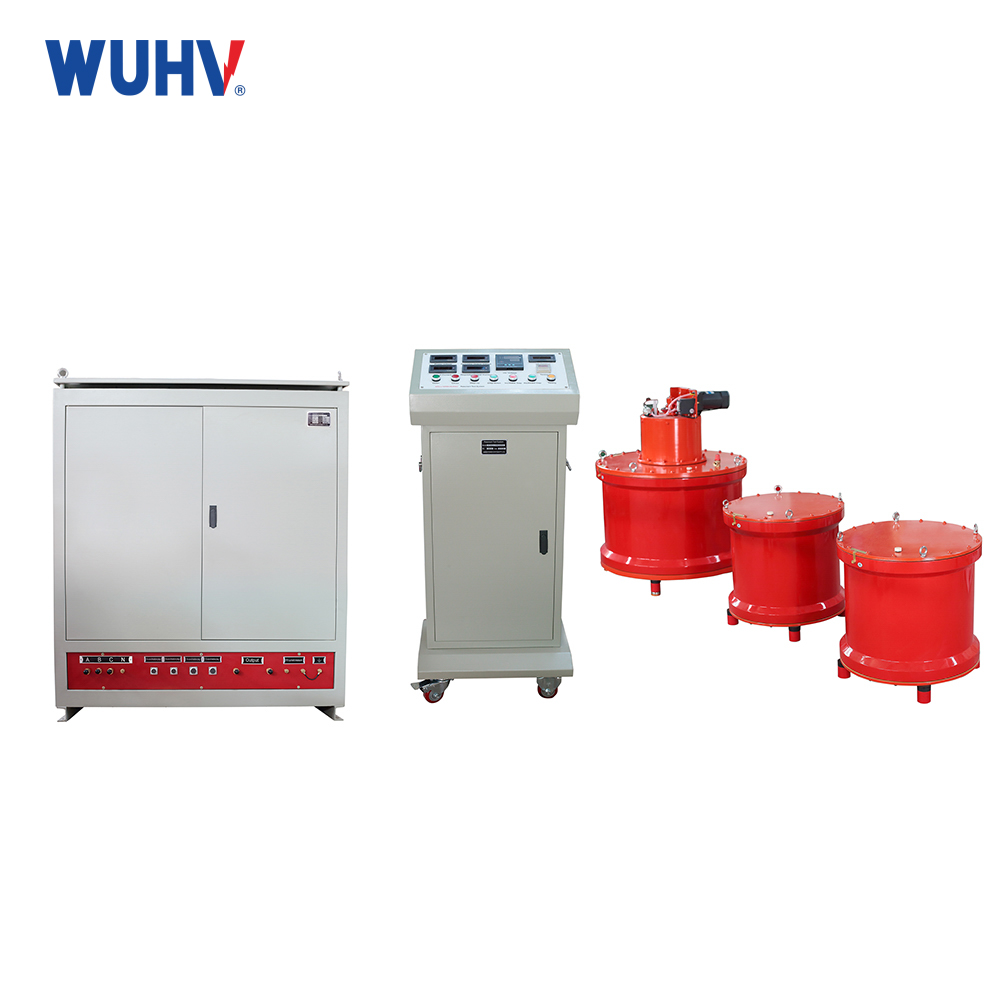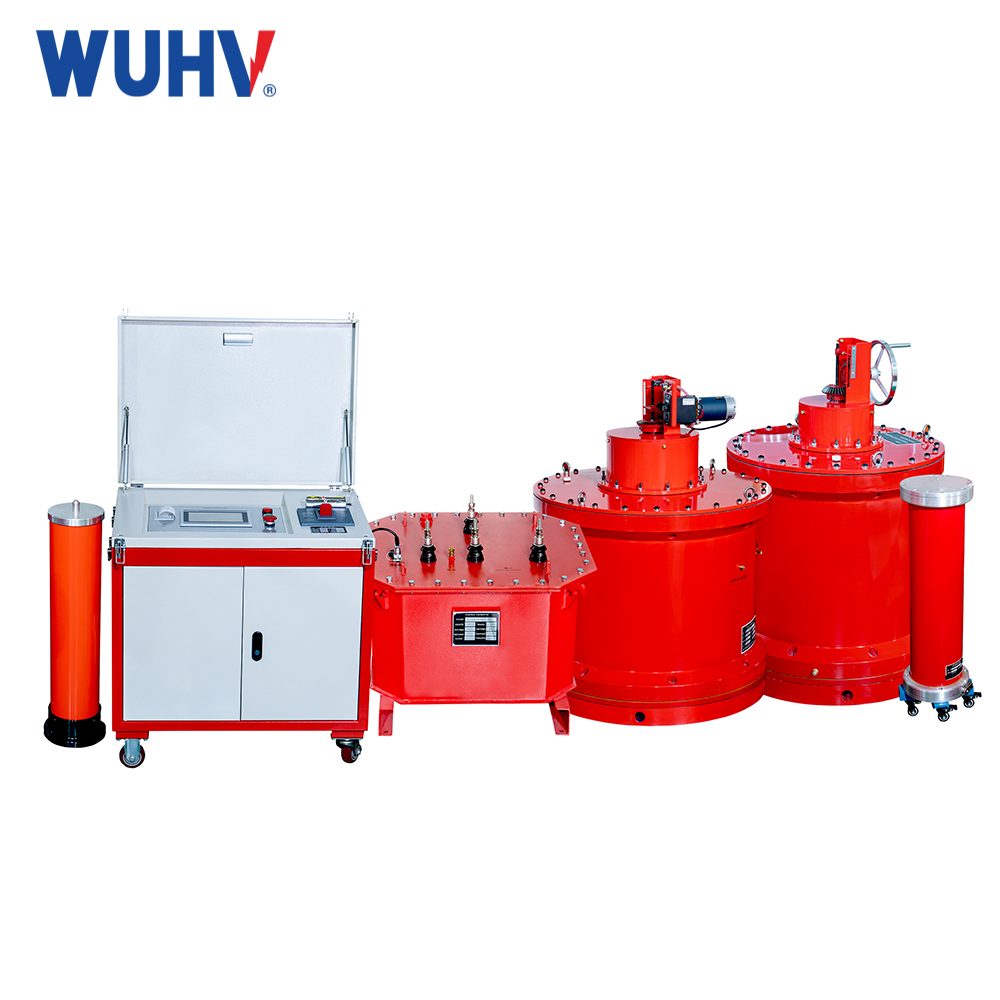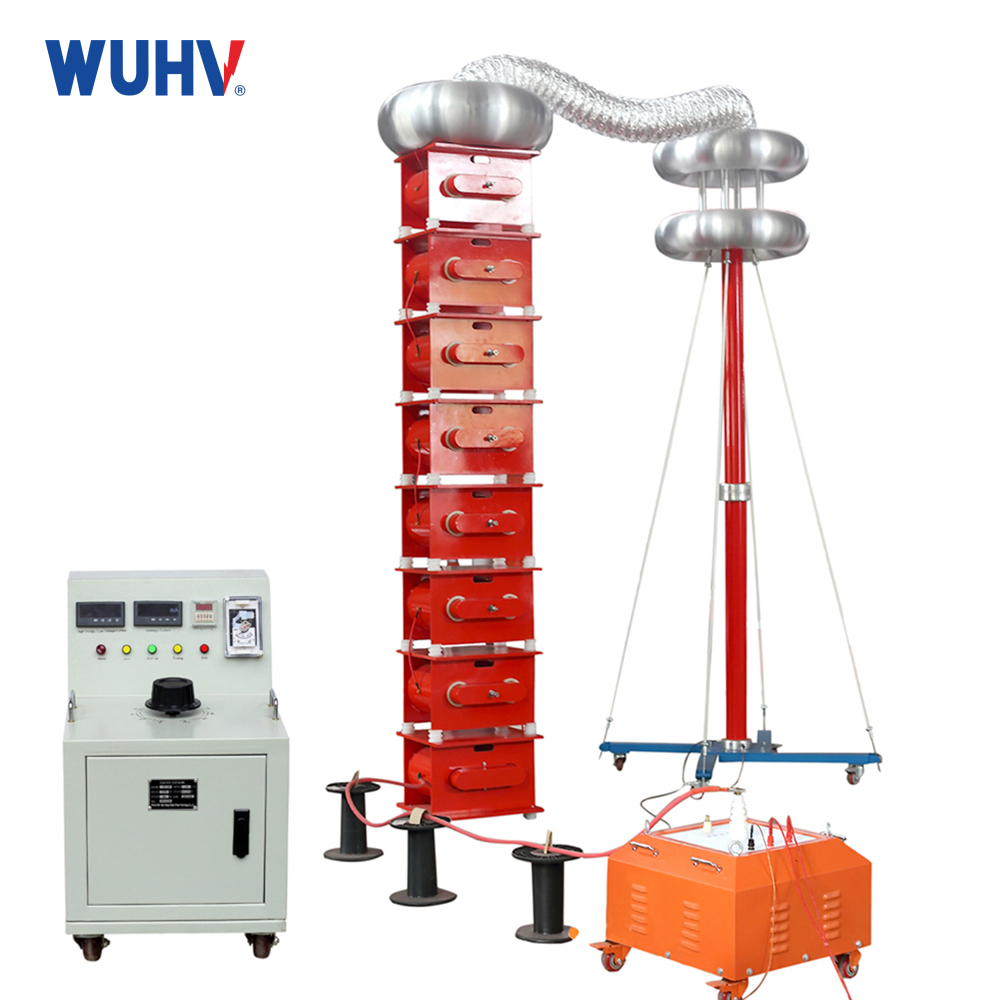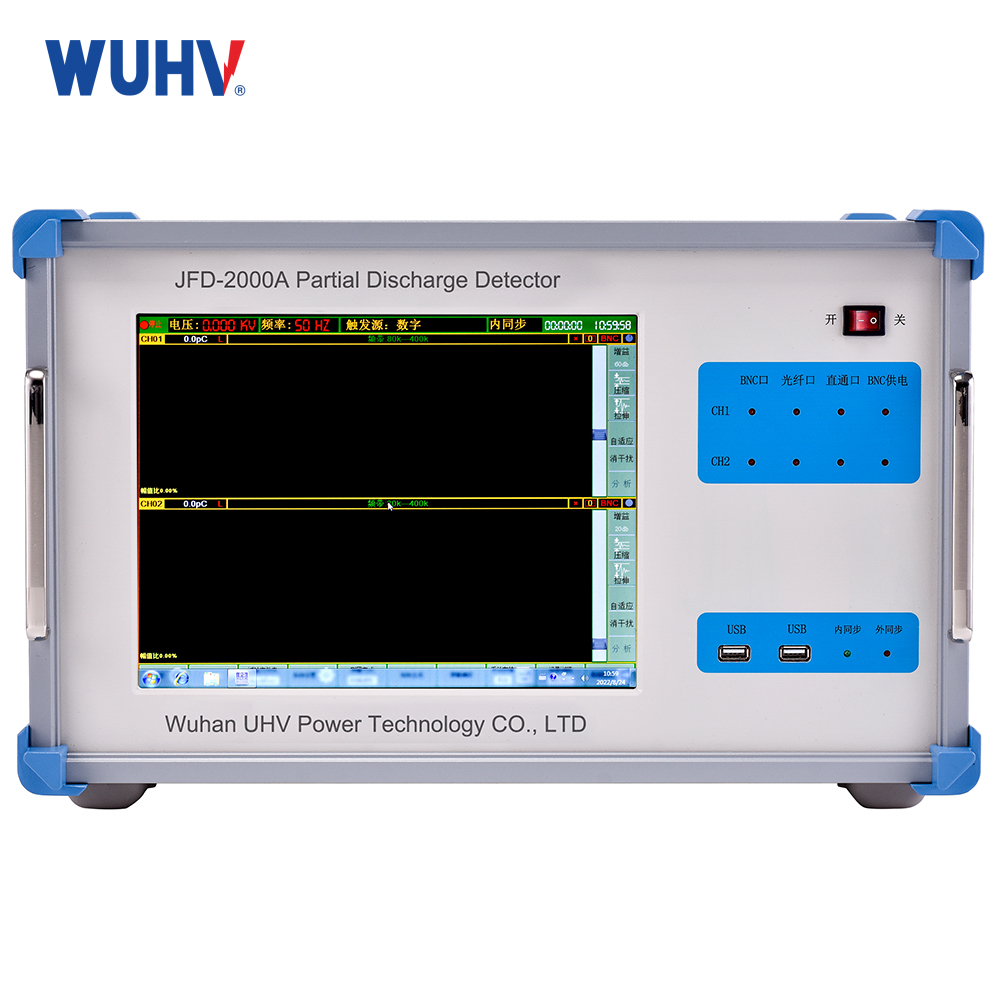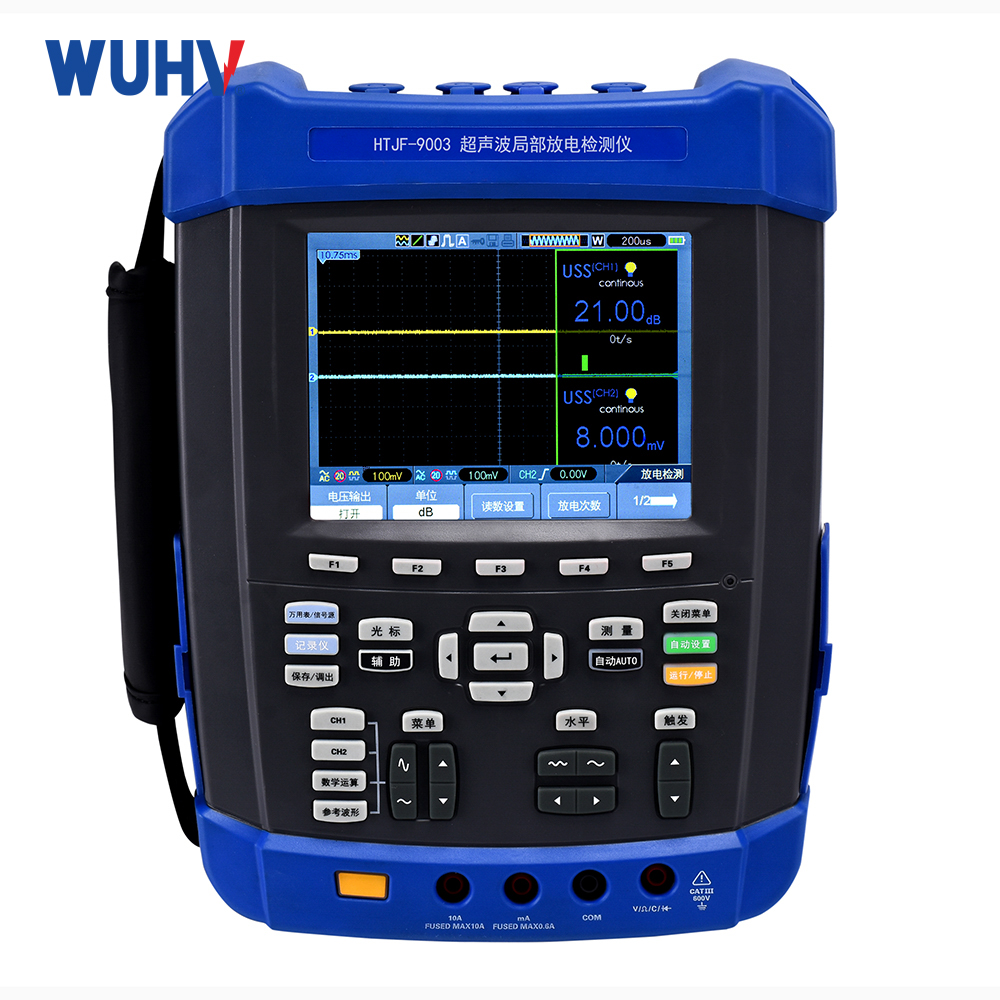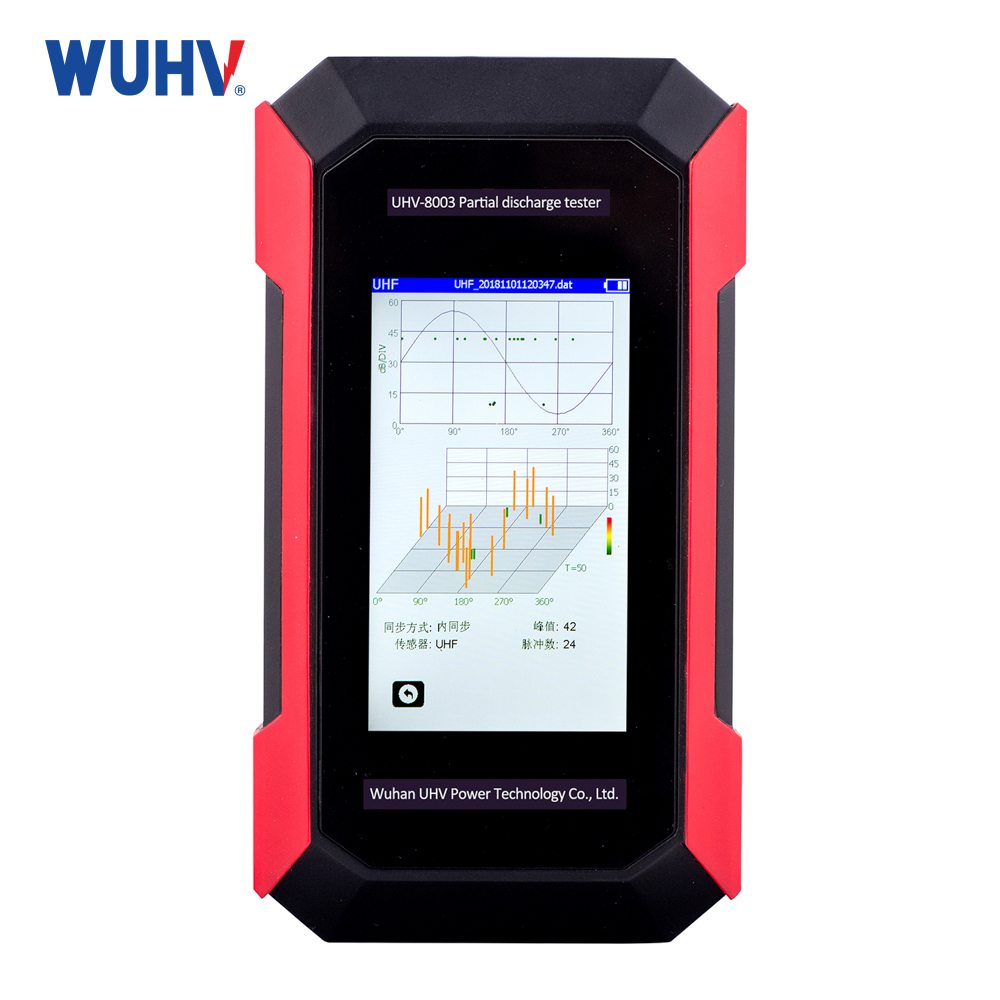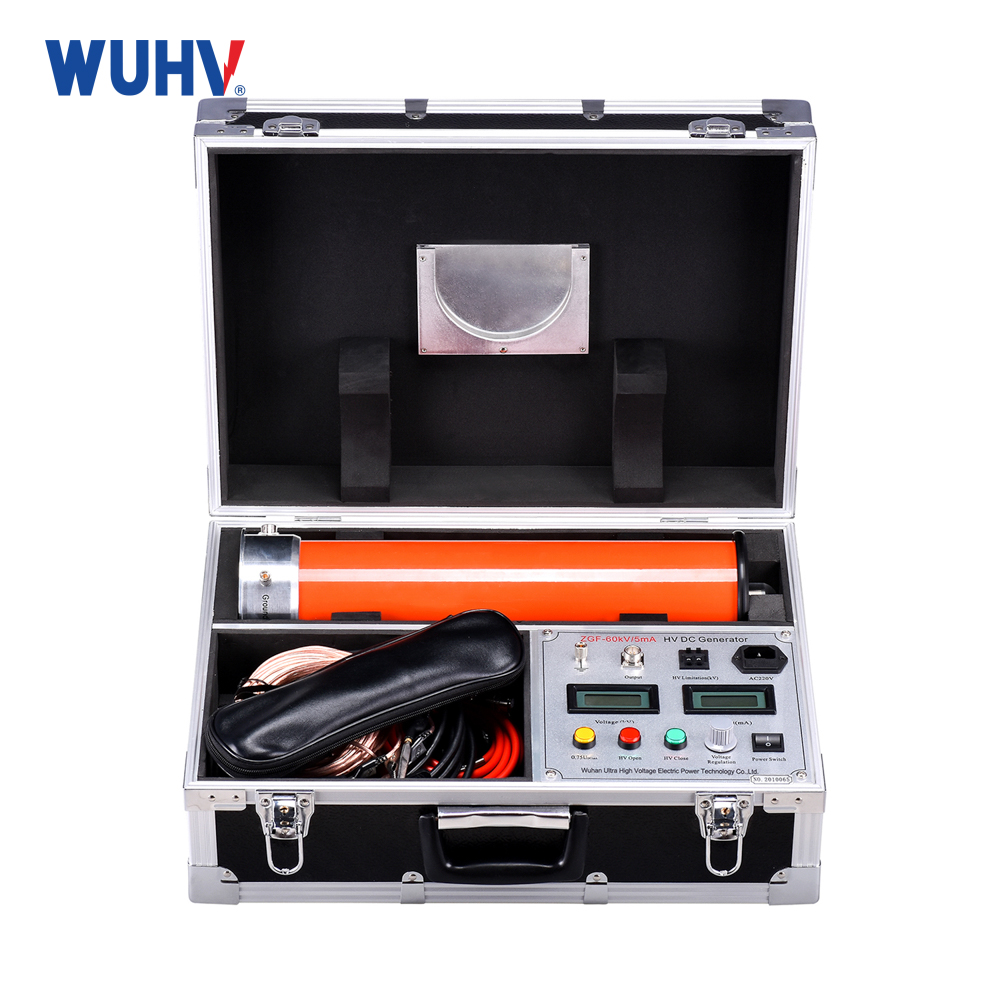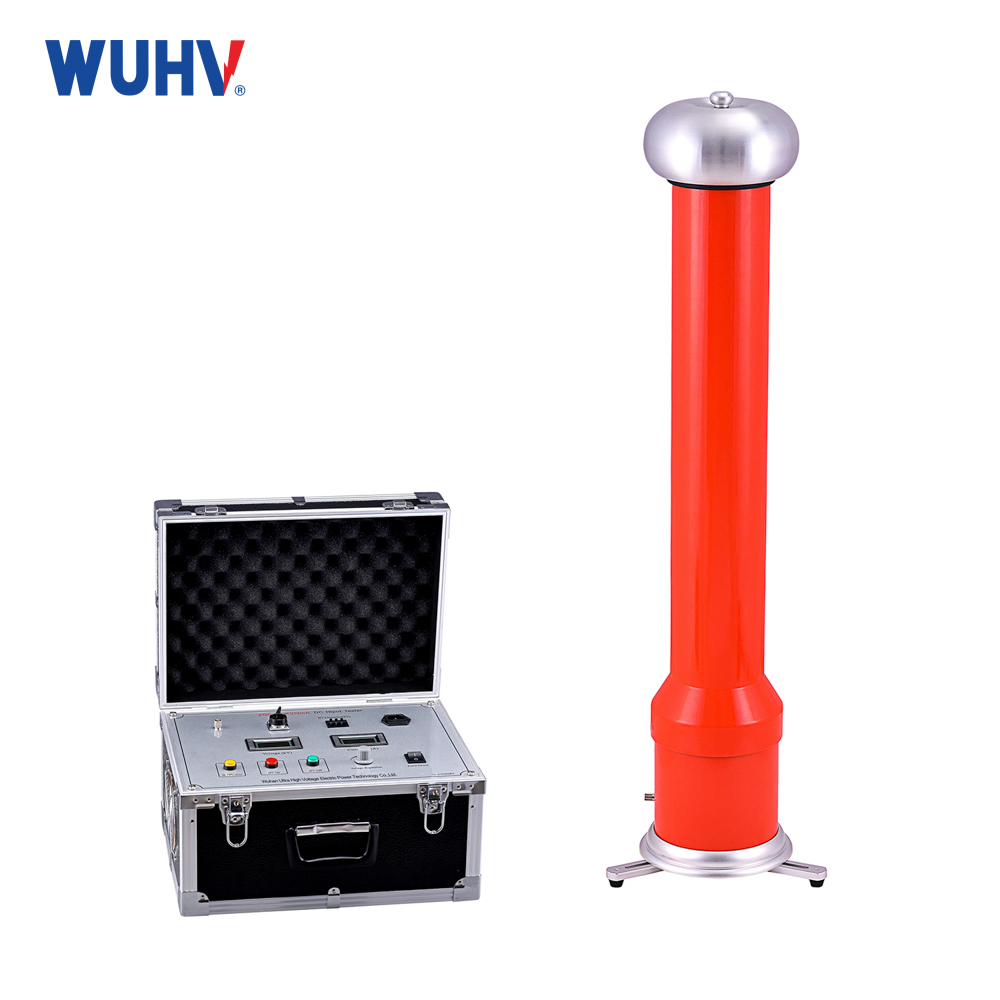The oil chromatography analyzer under UHV power can help many power workers conduct various power tests more conveniently.
In my daily work, I often hear the sound of a gas chromatograph. When will gas chromatography be used, as this instrument has a wide range of applications in many industries? Gas chromatograph is a computer controlled multi-purpose high-performance series chromatograph. Mainly used for quality inspection, scientific research, pollution inspection, and production control of industrial production intermediates and industrial products.
Before using the gas chromatograph, open all glass ports of the titration cup and clean the titration cup, drying tube, and sealing plug with water. After cleaning, dry in an oven at approximately 80 ° C and then cool in a natural environment. Please note that the materials of the cathode chamber and measuring electrode should not be cleaned with water. Organic solvents such as acetone and methanol can be used for timely cleaning, and then dried with a hair dryer. Be careful not to clean the electrode leads during cleaning, otherwise it may cause errors that affect the measurement system during the management process of sample processing.
After the operation is completed, carefully stir through the injection port. Apply a layer of vacuum grease evenly to the measuring electrode, cathode chamber, cathode chamber with drying tube, injection plug, and sealing plug grinding mouth, except for the cathode chamber and drying tube without sealing tube. Install the others in the corresponding positions and rotate them slightly to form a better seal.
Inject approximately 100-120 milliliters of reagent into the anode chamber through a sealed port using a funnel (which must be clean and dry), and then inject the chemical reagent into the cathode chamber using the funnel. The liquid levels in the cathode chamber and anode chamber should be basically the same. After completing the above data operations, install the drying tube and sealing plug, gently rotate the control to improve its sealing performance. The measuring working electrode and electrode connection plug during the electrolysis process can be inserted into the "measurement" and "electrolysis" sockets respectively.
To start and stop the electrolysis current or stirring, click the "Electrolysis" and "Stirring" buttons. Click on "Start" to display the "Titration" status. The sample can be injected through the injection port and the instrument will automatically titrate. After titration, display the measured moisture content value and print the measurement result. To change the formula, click the "Settings" button to enter the settings menu interface. In this interface, you can create calculation formulas, test records, printers, and delays. You can adjust the stirring speed of the titrator mixer. Slide the slider to the left to reduce the mixing speed.


